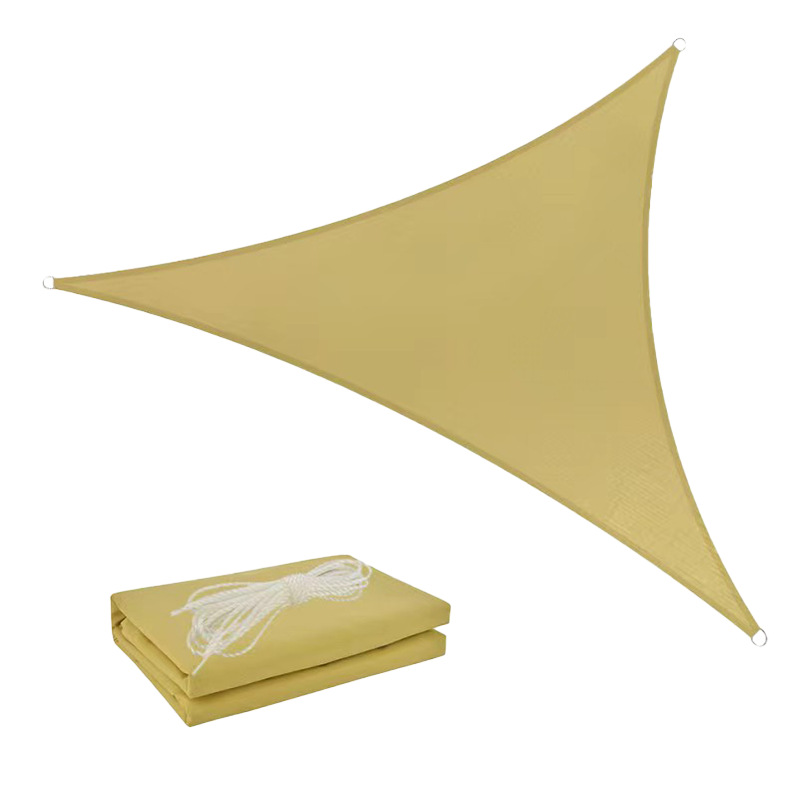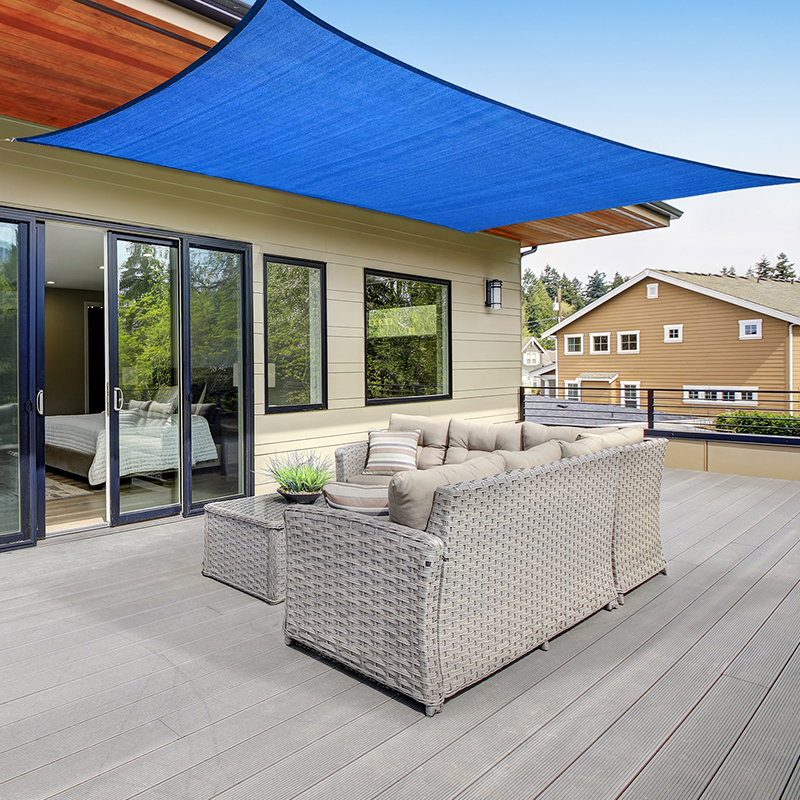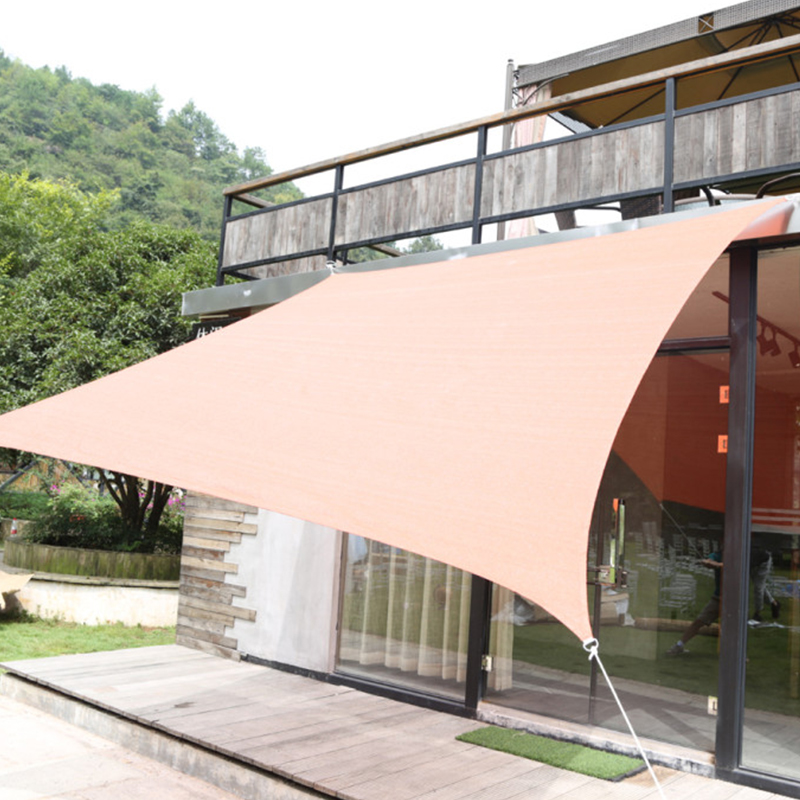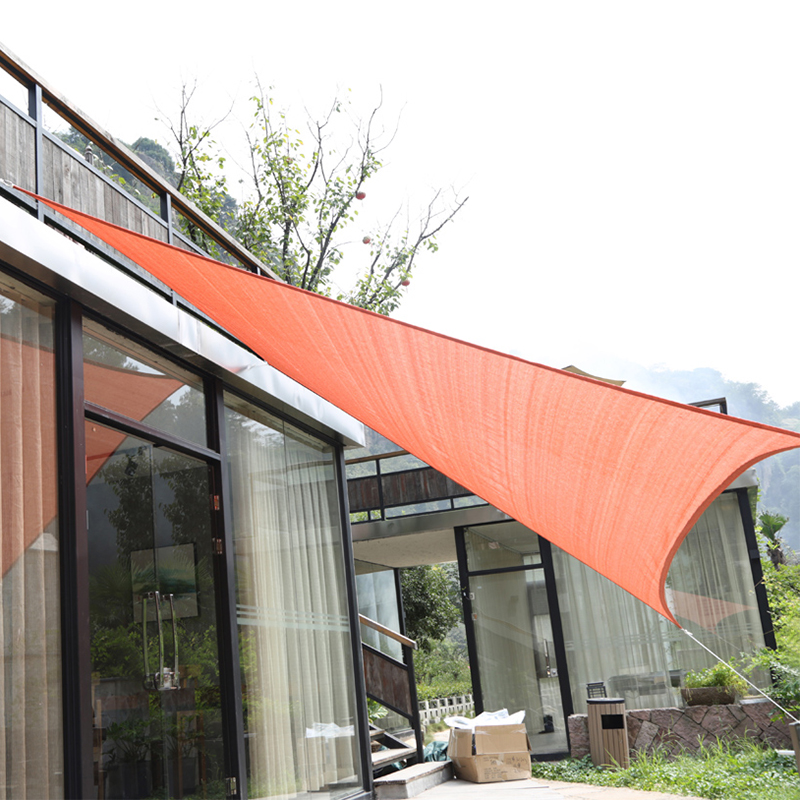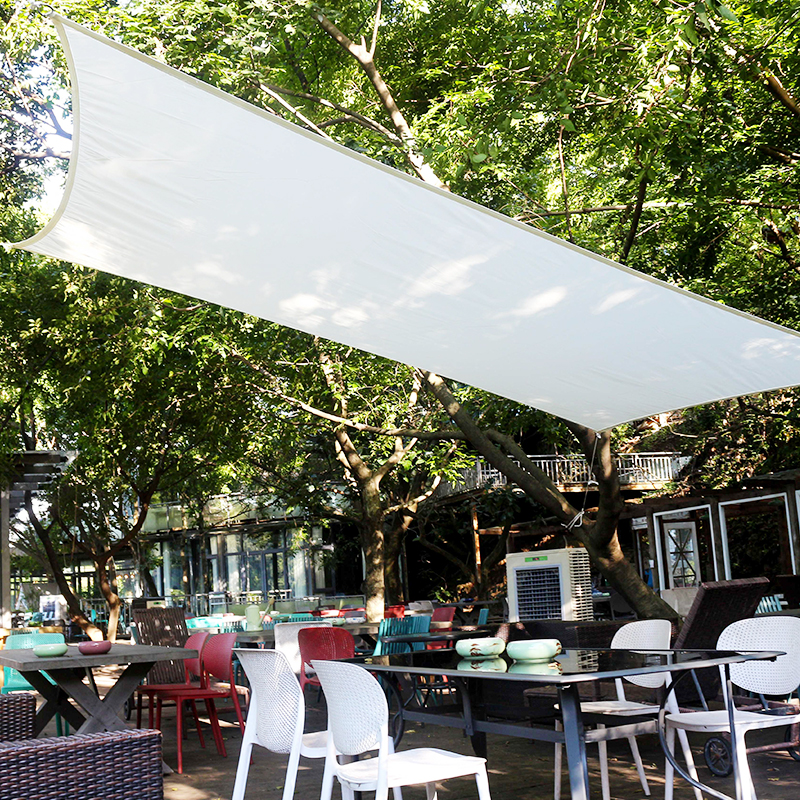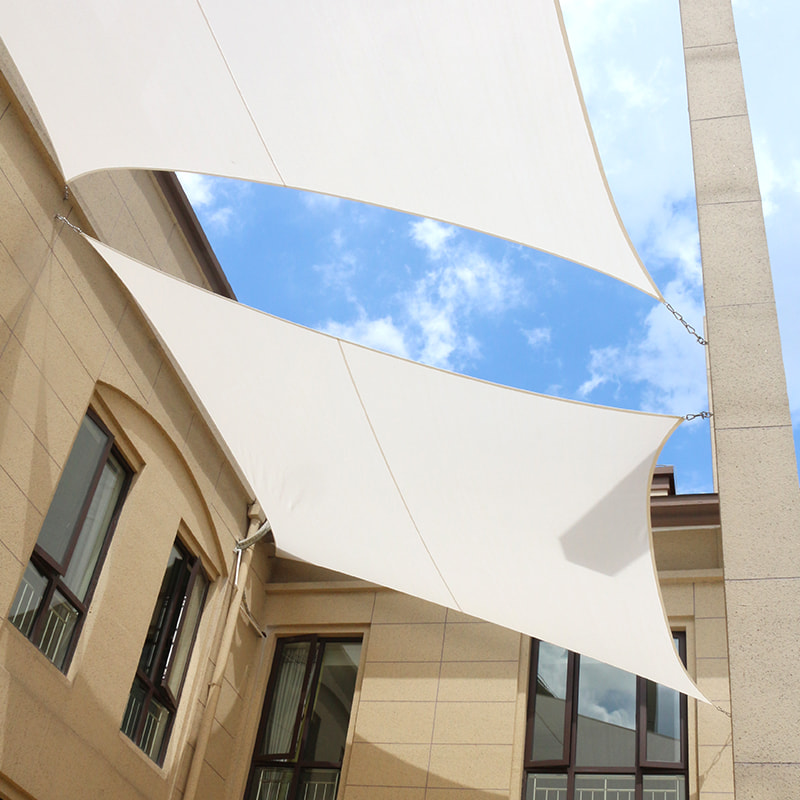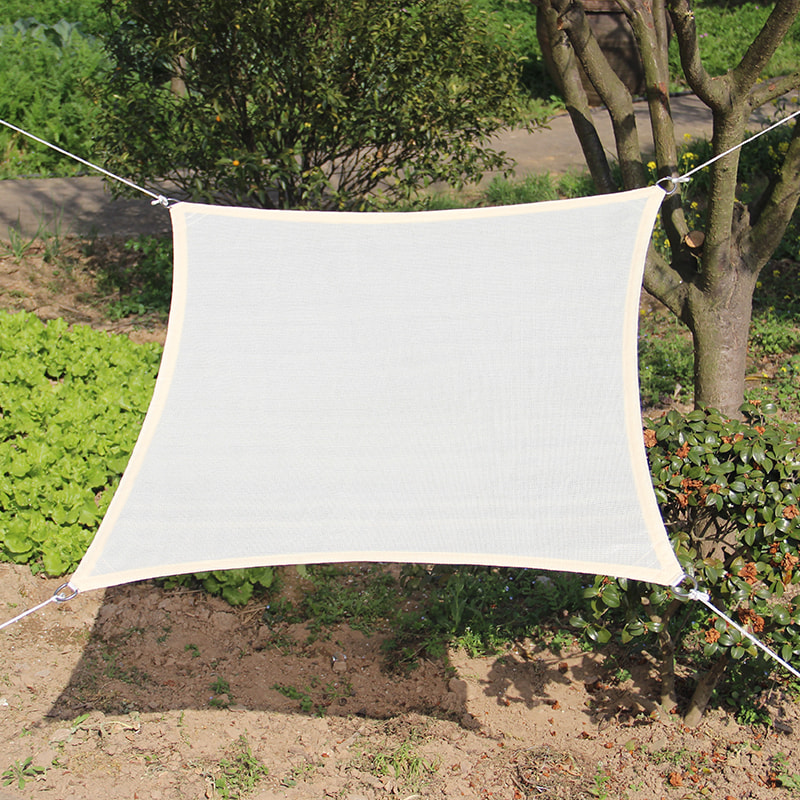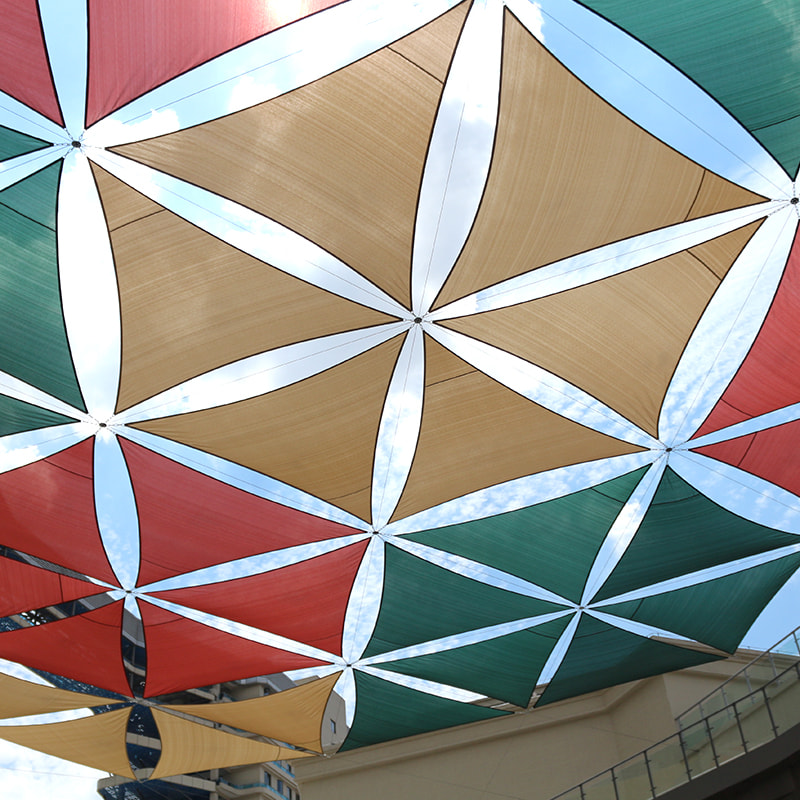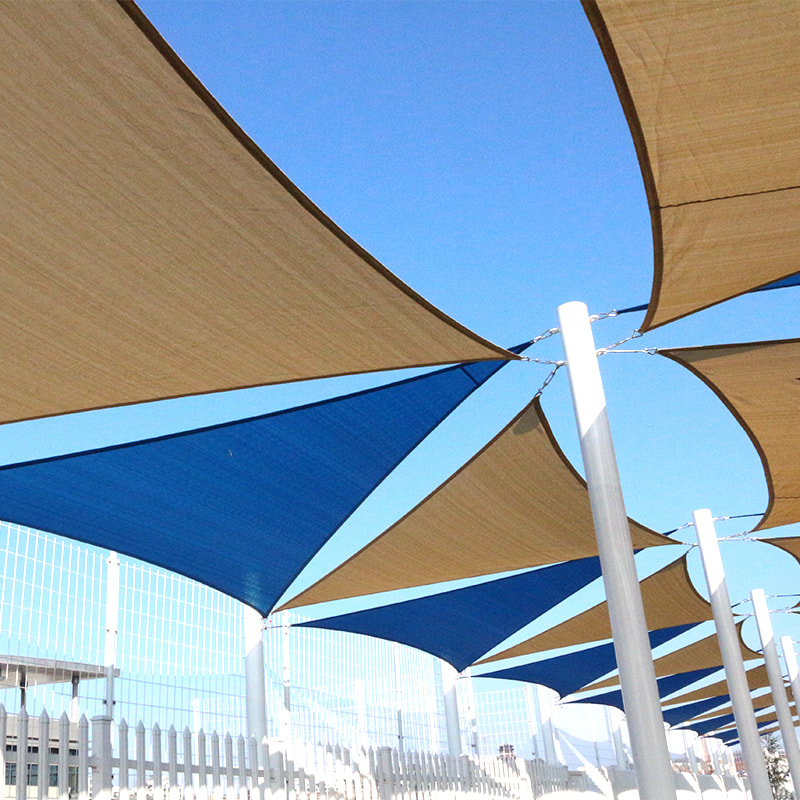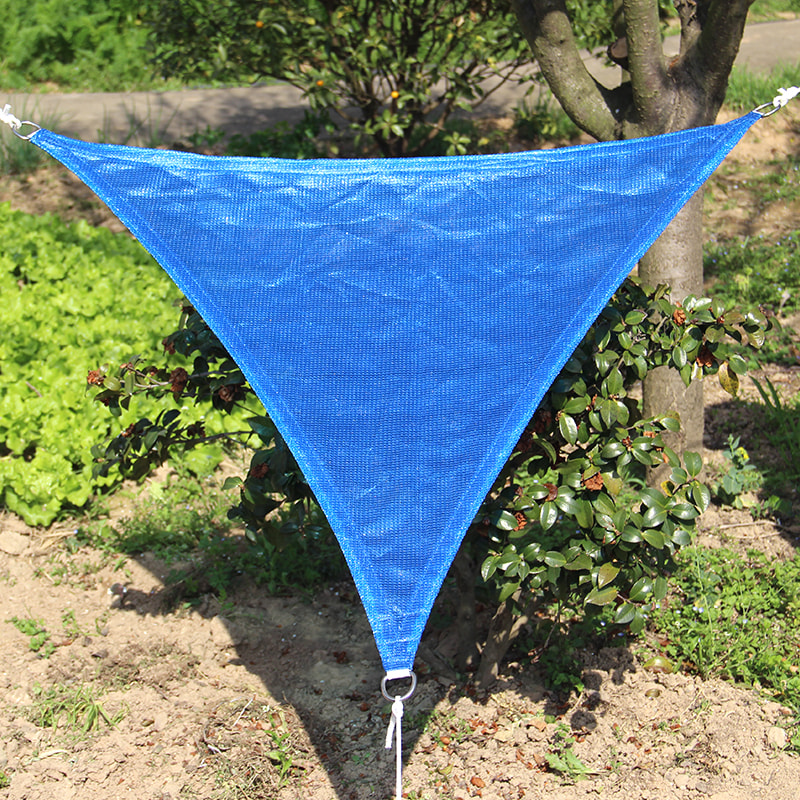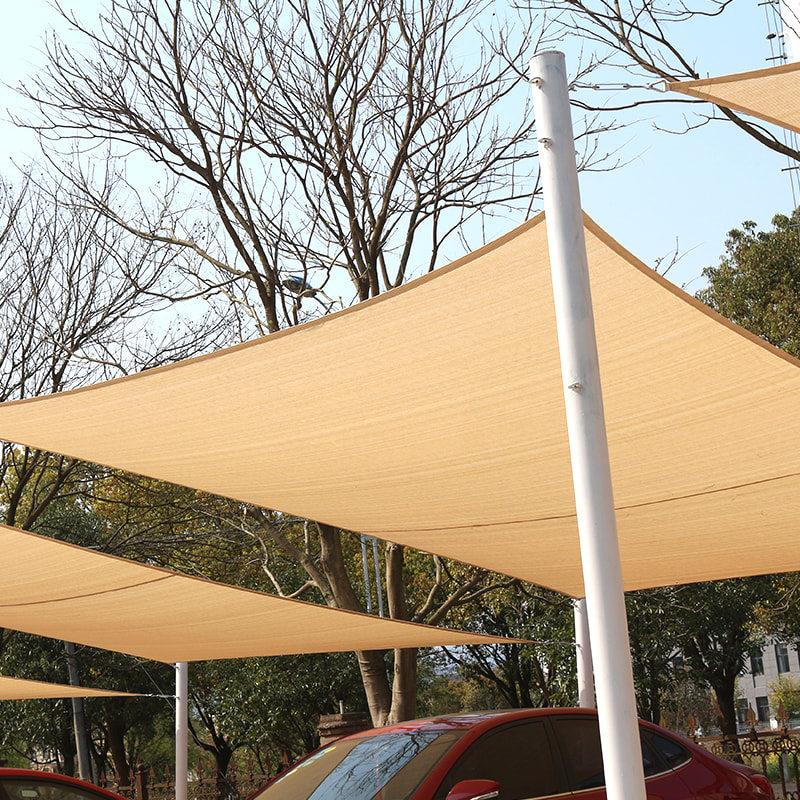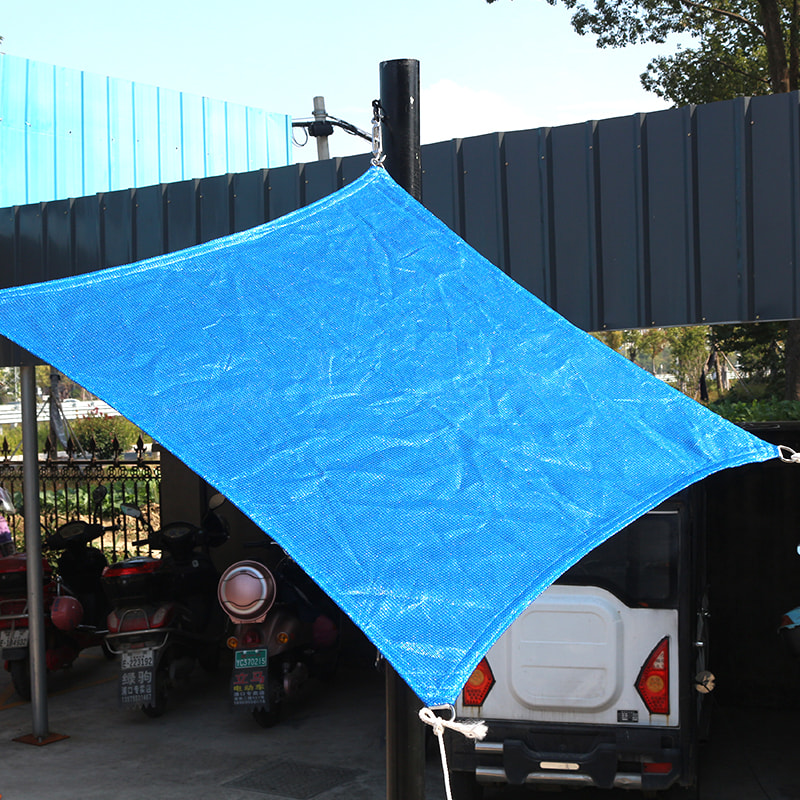What are the different mounting options available for waterproof shade sails, and how do you determine the most appropriate method based on the structure and surroundings of the installation site?
Date:2023-10-09
When it comes to mounting waterproof shade sails, there are several options available, and the choice depends on the specific structure and surroundings of the installation site. Here are the most common mounting options and how to determine the most appropriate method for each situation:
1.Wall-Mounted: Shade sails can be attached directly to existing structures such as buildings, walls, or pillars. This method is suitable when there are sturdy and secure vertical surfaces available. It's important to ensure the integrity of the existing structure and use appropriate fixtures to distribute the load evenly.
2.Column-Mounted: Freestanding columns or posts can be installed to support the shade sail. This method is useful for open spaces where no existing structures are present. The height and thickness of the columns should be determined based on the size of the shade sail and the wind load in the area. Engineering calculations are often necessary to ensure the stability of the columns.
3.Pole-Mounted: Steel or aluminum poles can be installed directly into the ground using concrete footings. This method is ideal for large outdoor areas such as parks or playgrounds. The depth of the hole and the size of the pole depend on the size of the shade sail and the soil conditions. Proper anchoring and bracing are essential for stability.
4.Sail Track Systems: Sail track systems consist of tracks attached to existing structures, allowing the shade sail to slide back and forth. This method provides flexibility in adjusting the position of the shade sail. It's suitable for areas where the direction of the sun or the shade requirements change throughout the day.
5.Retractable Systems: These systems allow the shade sail to be extended or retracted as needed. Retractable shade sails are mounted on motorized or manual pulley systems, providing the option to cover or uncover the area beneath. This method is ideal for dynamic outdoor spaces like restaurants or cafes where shade requirements change frequently.
To determine the most appropriate mounting method, consider the following factors:
1. Wind Load Assessment:
Professional Assessment: Engage a structural engineer to conduct a thorough wind load analysis specific to the installation site. This analysis considers factors such as wind speed, direction, and frequency of high winds to determine the appropriate mounting method capable of withstanding the local wind conditions.
Safety Margin: Ensure the design incorporates a safety margin, accounting for potential gusts and unexpected wind variations. This ensures the shade sail remains stable and safe under various wind scenarios.
2. Sun Path Analysis:
Solar Studies: Conduct solar studies to understand the trajectory of the sun throughout the day and across seasons. Utilize specialized software and tools to create accurate simulations. This analysis aids in positioning the shade sail optimally, ensuring maximum coverage during peak sunlight hours while considering the changing angles of the sun over time.
3. Structural Integrity Evaluation:
Site Inspection: Conduct a comprehensive site inspection to assess the structural integrity of existing buildings, walls, or ground surfaces. Identify load-bearing capacities and structural soundness to determine the feasibility of mounting options.
Soil Testing: If ground-mounted options are being considered, conduct soil testing to assess soil composition, drainage, and bearing capacity. This information guides the selection of appropriate foundation types and dimensions, ensuring stability and preventing subsidence over time.
4. Budget and Aesthetics Consideration:
Cost-Benefit Analysis: Perform a detailed cost-benefit analysis of different mounting options. Consider not only the initial installation costs but also long-term maintenance expenses and potential operational costs associated with more complex systems.
Aesthetic Integration: Balance the practical aspects with aesthetic considerations. Explore mounting solutions that align with the overall architectural design and landscape aesthetics, ensuring the shade sail enhances the visual appeal of the space while providing functionality.


Material: Polyester (PU coated)
80~95% u.v. protection
One or two years u.v. resistant
Different colors and sizes are available
Stainless steel ring at each corner


 English
English Español
Español Deutsch
Deutsch